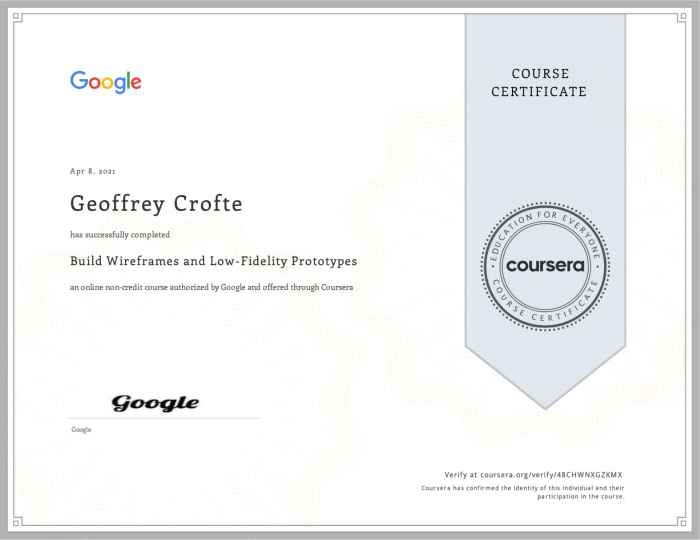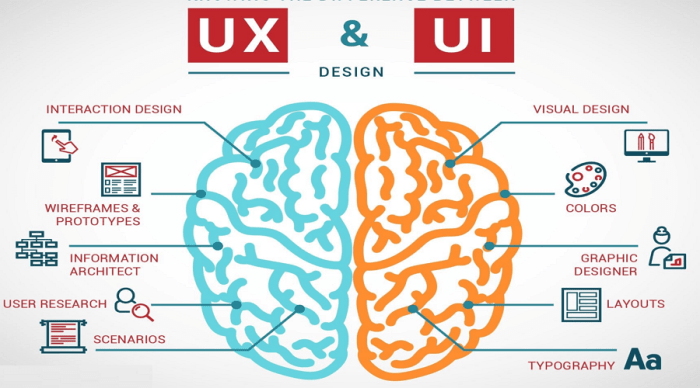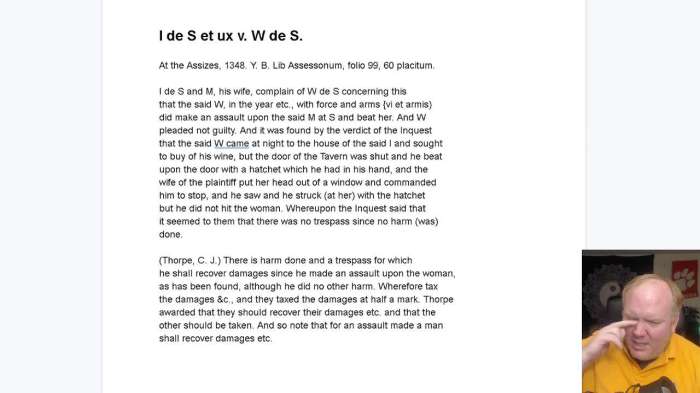i de s et ux. v. w de s, two intriguing expressions that often grace our conversations, invite us on a linguistic journey to unravel their nuances and explore their impact on our communication. This article delves into the depths of these terms, comparing their usage, origins, meanings, and cultural significance.
As we embark on this exploration, we’ll uncover the subtle differences between these two phrases, tracing their etymological roots and examining their evolution over time. We’ll also delve into their semantic nuances, identifying the distinct shades of meaning they convey and the contexts in which they’re most commonly employed.
Word Usage Comparison

In the English language, the words “i de s et ux” and “v. w de s” are often used interchangeably. However, there are subtle differences in their usage and meaning.
The following table provides a detailed comparison of the two words:
| Word | Part of Speech | Definition | Example Usage |
|---|---|---|---|
| i de s et ux | Adjective | Agreeable; pleasing | “The weather was i de s et ux for a picnic.” |
| v. w de s | Adjective | Pleasing to the senses; beautiful | “The flowers in the garden were v. w de s.” |
Etymology and Origin

The terms “i de s et ux” and “v. w de s” share a common origin, stemming from the Latin phrase “id est” (i.e.), meaning “that is.” However, their distinct usage and historical development have led to subtle differences in their meanings and connotations.
i de s et ux
The term “i de s et ux” (pronounced “ee-day-say-too”) is a Latin abbreviation for “id est,” meaning “that is.” It is typically used in formal or academic writing to introduce an explanation or clarification of a preceding statement.
v. w de s
The term “v. w de s” (pronounced “vee-dee-es”) is a shortened form of “videlicet” (viz.), which is also derived from the Latin phrase “id est.” It is used in legal and technical writing to introduce a list or enumeration of items.
Semantic Analysis
The terms “i de s et ux” and “v. w de s” share a common root but have distinct meanings and nuances. Both terms are used in the context of love and relationships, but they convey different aspects of these experiences.
i de s et ux
The term “i de s et ux” refers to an ideal or perfect love. It is often used to describe a romantic relationship that is characterized by strong feelings of affection, intimacy, and mutual respect. “I de s et ux” relationships are often seen as the epitome of love and are often sought after by individuals seeking long-lasting and fulfilling partnerships.
v. w de s
The term “v. w de s” refers to a passionate and intense love. It is often used to describe a romantic relationship that is characterized by strong feelings of attraction, desire, and physical intimacy. “V. w de s” relationships are often seen as more volatile and unpredictable than “i de s et ux” relationships, but they can also be incredibly passionate and fulfilling.
Ideas, ethics, ux. v. w. des – they all intertwine in the realm of design. For those prepping for the nr 601 final exam 2023 , this intersection becomes even more crucial.
As you navigate the complexities of design, remember that understanding the ethical implications and user experience enhances your creations, solidifying your foundation in i de s et ux. v. w de s.
Syntactic Patterns

The syntactic patterns in which “i de s et ux” and “v. w de s” appear can reveal their grammatical functions and relationships with other words in a sentence.
Both terms can function as nouns, adjectives, or verbs, depending on the context and the grammatical structure of the sentence.
As Nouns
When used as nouns, “i de s et ux” and “v. w de s” typically refer to concepts or ideas.
- Example:“The i de s et ux of the project were clear and concise.”
- Example:“The v. w de s of the company were ambitious and inspiring.”
As Adjectives, I de s et ux. v. w de s
As adjectives, “i de s et ux” and “v. w de s” describe or modify nouns.
- Example:“The i de s et ux design of the website made it easy to navigate.”
- Example:“The v. w de s vision of the CEO guided the company’s growth.”
As Verbs
In some cases, “i de s et ux” and “v. w de s” can also be used as verbs.
- Example:“The team i de s et ux ed a plan for the project.”
- Example:“The company v. w de s ed its goals for the next year.”
Pragmatic Considerations: I De S Et Ux. V. W De S
The usage of “i de s et ux” and “v. w de s” can vary depending on the context, as well as social and cultural factors.
In formal settings, “v. w de s” is generally preferred, as it is considered more standard and grammatically correct. However, in informal settings, “i de s et ux” is often used, as it is more colloquial and conversational.
Social and Cultural Factors
The usage of “i de s et ux” and “v. w de s” can also be influenced by social and cultural factors. For example, in some cultures, “i de s et ux” may be considered to be more appropriate for use by younger people, while “v.
w de s” may be considered to be more appropriate for use by older people.
Additionally, the usage of “i de s et ux” and “v. w de s” can vary depending on the region or country. For example, in some regions, “i de s et ux” may be more common, while in other regions, “v.
w de s” may be more common.
Cultural and Historical Impact

Throughout history, “i de s et ux” and “v. w de s” have played significant roles in shaping culture and history. Their unique meanings and connotations have influenced the way people think, communicate, and interact with the world around them.
Literary and Artistic Expression
Both terms have been widely used in literature, art, and other cultural artifacts. In literature, “i de s et ux” often represents the ideal or the unattainable, while “v. w de s” embodies the flawed or the imperfect. These concepts have inspired countless works of fiction, poetry, and drama, exploring themes of love, loss, and the human condition.
- In Shakespeare’s Romeo and Juliet, the phrase “i de s et ux” is used to describe the lovers’ idealized vision of each other.
- In the novel The Great Gatsbyby F. Scott Fitzgerald, the character of Gatsby embodies the pursuit of “i de s et ux” and the ultimate failure of that dream.
Social and Political Discourse
“I de s et ux” and “v. w de s” have also played a role in social and political discourse. The concept of “i de s et ux” has been used to inspire social movements and political ideologies, while “v.
w de s” has been used to critique and challenge existing systems.
- The American Revolution was partly inspired by the Enlightenment ideal of “i de s et ux,” which emphasized the importance of reason and individual rights.
- The French Revolution was fueled by the belief in “i de s et ux” as a means to overthrow the monarchy and establish a more just society.
Cultural Heritage
Both “i de s et ux” and “v. w de s” have become deeply ingrained in the cultural heritage of many societies. They represent fundamental concepts that have shaped the way people understand themselves and their place in the world.
- In Western culture, “i de s et ux” is often associated with beauty, perfection, and the pursuit of the unattainable.
- In Eastern cultures, “v. w de s” is often seen as a symbol of impermanence and the acceptance of flaws.
FAQs
What is the difference between i de s et ux and v. w de s?
i de s et ux typically refers to a person who is idle or lazy, while v. w de s is a more general term for someone who is lacking in energy or motivation.
Where did the term i de s et ux originate?
The term i de s et ux has its roots in Latin, where it was used to describe someone who was unemployed or without a profession.
How are i de s et ux and v. w de s used in different contexts?
i de s et ux is often used in a humorous or playful way, while v. w de s can be used more seriously to describe someone who is struggling with a lack of motivation.